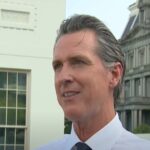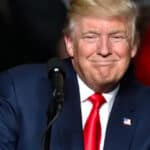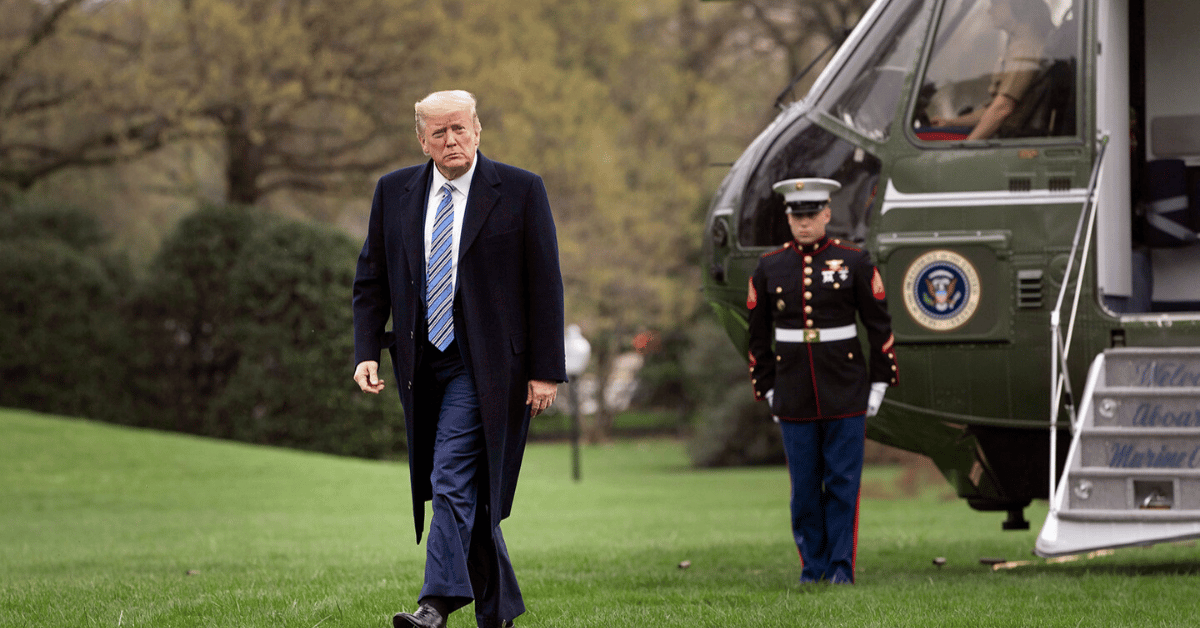
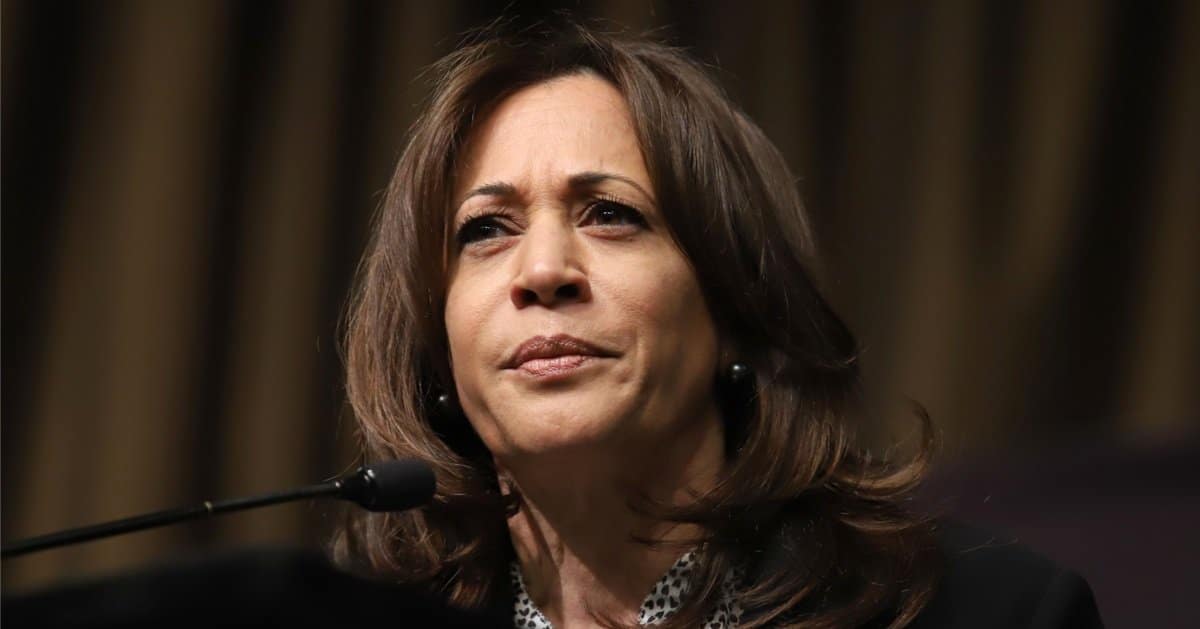
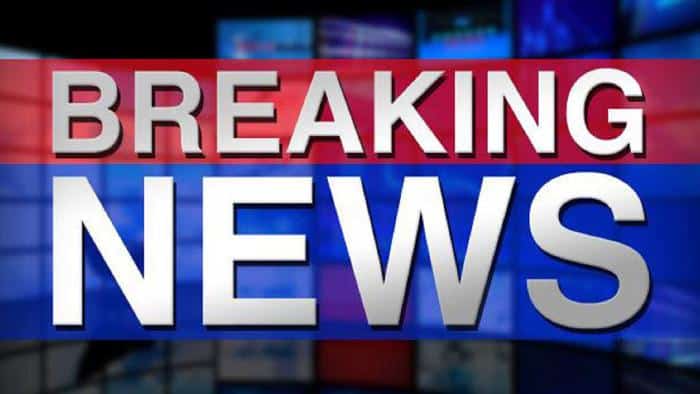
Washington, DC, has just dropped a bombshell on its youth with a citywide curfew, signaling a hard pivot toward law and order in a city grappling with chaos.
Under Mayor Muriel Bowser's directive, anyone under 18 must be off the streets from 11 p.m. to 6 a.m. daily, with this restriction stretching through November 5, 2025, following a spree of violent incidents that have rattled the capital, according to the NY Post.
This isn’t just a suggestion—it’s a mandate with teeth, as police can slap fines up to $300 or even jail time of 10 days on violators. While some might cry "overreach," let’s be honest: when teens are clashing in the streets, public safety can’t be a woke afterthought.
The curfew comes hot on the heels of a violent brawl on Halloween night at the Navy Yard, where scores of teens turned a festive evening into a free-for-all. At least 10 individuals, including four minors and one 18-year-old, were booked on charges ranging from public marijuana use to affray.
One officer was injured during this melee, a stark reminder that law enforcement bears the brunt when order breaks down. If costumes and candy are now cover for chaos, it’s no surprise the city is cracking down.
Just a day later, on Friday night, another incident unfolded with hundreds of juveniles gathering in a park, starting peacefully around 7:30 p.m. before descending into fights and traffic disruptions. Police warnings were ignored, showing a troubling disregard for authority that’s become all too common.
During that Friday night disturbance, a DC police sergeant was knocked down and sustained minor injuries while trying to restore calm. Several cruisers lined M Street SE, with parts of the road shut down as law enforcement scrambled to contain the unrest.
Social media captured the mayhem, with videos on platforms like X showing what appear to be National Guard troops in brown fatigues moving through crowds of young people in a park that night. It’s a jarring image, but when gatherings of eight or more minors can trigger temporary curfew zones, the city isn’t playing games.
Back to the curfew details: in high-risk “special zones” like Banneker Recreation Center, Union Station, Navy Yard, and the U Street Corridor, restrictions can kick in as early as 6 p.m. starting Saturday. This targeted approach shows a nod to practicality, even if it might ruffle progressive feathers.
Let’s not ignore the bigger picture—this curfew follows months after President Trump mobilized thousands of National Guard troops to DC, addressing what he called a “crisis” of crime. While some will decry this as heavy-handed, others see it as a necessary response to a capital spiraling out of control.
Unfortunately, there aren’t direct statements from city officials or residents in the available reports to shed light on their immediate reactions. Still, the lack of vocal pushback in the data suggests either resignation or quiet support for these tough measures.
The absence of quoted voices doesn’t diminish the reality on the ground—teens are clashing, officers are getting hurt, and the city is responding with curfews and Guard deployments. If this is what it takes to keep DC from becoming a nightly battleground, so be it.
Critics might argue that curfews punish the many for the actions of a few, but with incidents piling up, the city’s patience has clearly run out. When gatherings turn disruptive and social media amplifies the unrest, a firm hand seems less like overreach and more like overdue responsibility.
Ultimately, this curfew isn’t just about rules—it’s about reclaiming order in a city where lawlessness has been given too long a leash. Washington, DC, is sending a message: public safety trumps youthful rebellion, and it’s high time some accountability returned to the streets.
